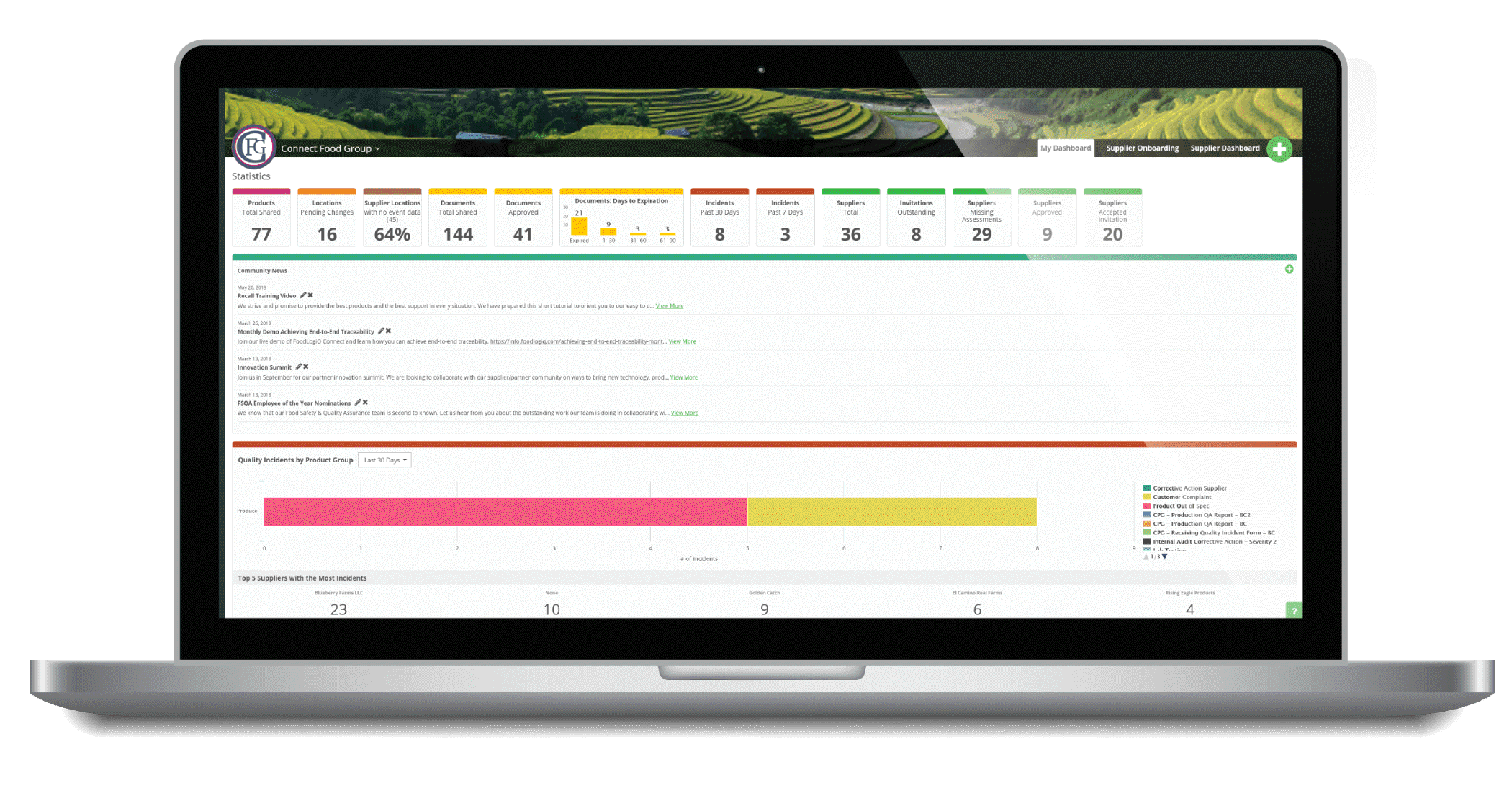Preventative strategies and active monitoring for allergens and pathogens is vital to snack and bakery production. For companies developing gluten-free, grain-free, and/or allergen-free items, comprehensive allergen control is extremely important to ensure finished product safety for the end consumer.
For example, if a consumer with celiac disease buys a gluten-free product, assuming that it will have no gluten, and then the product actually does contain gluten, they could have a serious reaction upon consuming the product. Therefore, it’s the manufacturer’s responsibility to make sure such a scenarios does not happen.
Pathogens are universal concerns. “Food pathogens are microorganisms like bacteria, viruses, mold, and to a lesser extent, fungi, that cause disease when ingested,” says Roger Landman, product operations manager, SYSPRO, Johannesburg, South Africa. “When someone eats a food contaminated with a pathogen, they become sick, and they are classified as having a foodborne illness. The most common foodborne-illness-causing pathogens that require hospitalization in the U.S. are Salmonella, Norovirus (Norwalk virus), Campylobacter, E. coli, Listeria, and Clostridium botulinum and perfringens.”
Food allergens, on the other hand, can be separated into food allergies and food intolerances, Landman notes. “While these are often confused, as both are triggered by food, food intolerances only involve the digestive system and do not involve an immunological response from the body to the food. Common food intolerances are gluten, milk and dairy, and monosodium glutamate. Food intolerances do not cause life-threatening symptoms. Food allergies, on the other hand, occur when certain foods are ingested, triggering an immune response by the body. When a person with a food allergy is exposed to the trigger food, their body starts producing a specific antibody, and causes allergic symptoms such as hives, rashes, and restricted breathing. This may require medical attention.”




